This an alphabetical list of ancient Romans, including citizens of ancient Rome remembered in history.
Contents
- Note that some people may be listed multiple times, once for each part of the name.
This an alphabetical list of ancient Romans, including citizens of ancient Rome remembered in history.









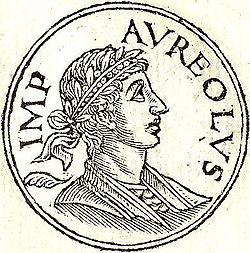



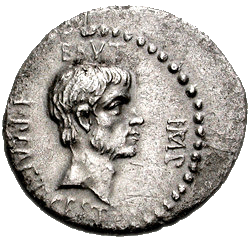
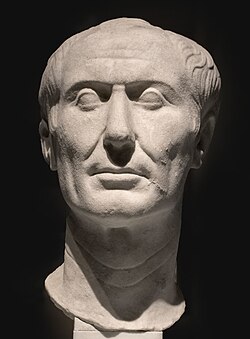



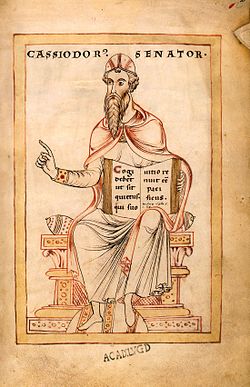
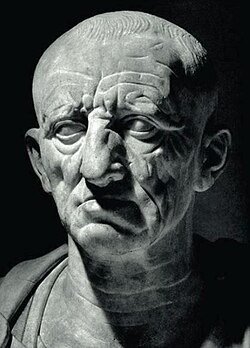






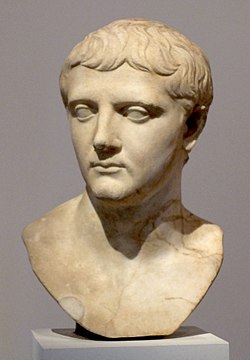




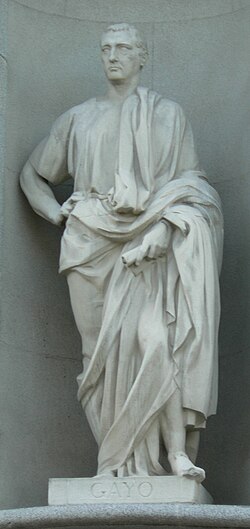

















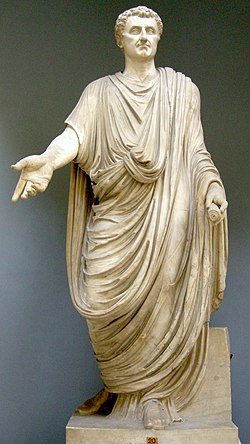









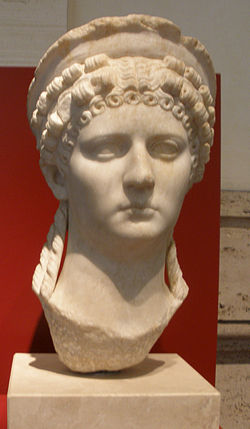








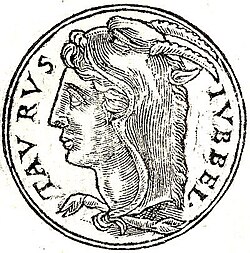








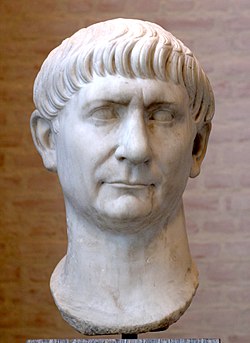
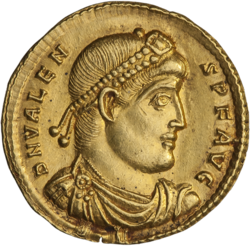


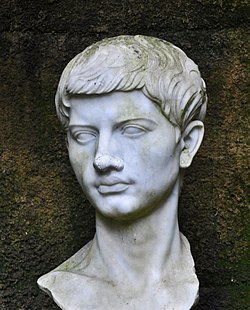

{{citation}}: CS1 maint: location missing publisher (link){{citation}}: CS1 maint: location missing publisher (link){{citation}}: CS1 maint: location missing publisher (link){{citation}}: CS1 maint: location missing publisher (link){{citation}}: CS1 maint: location missing publisher (link)